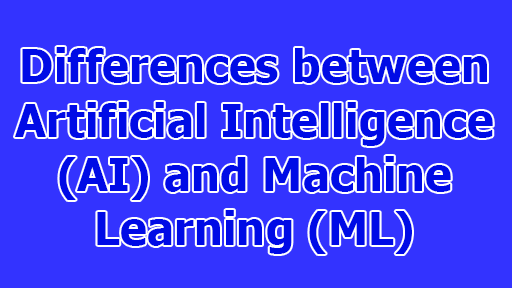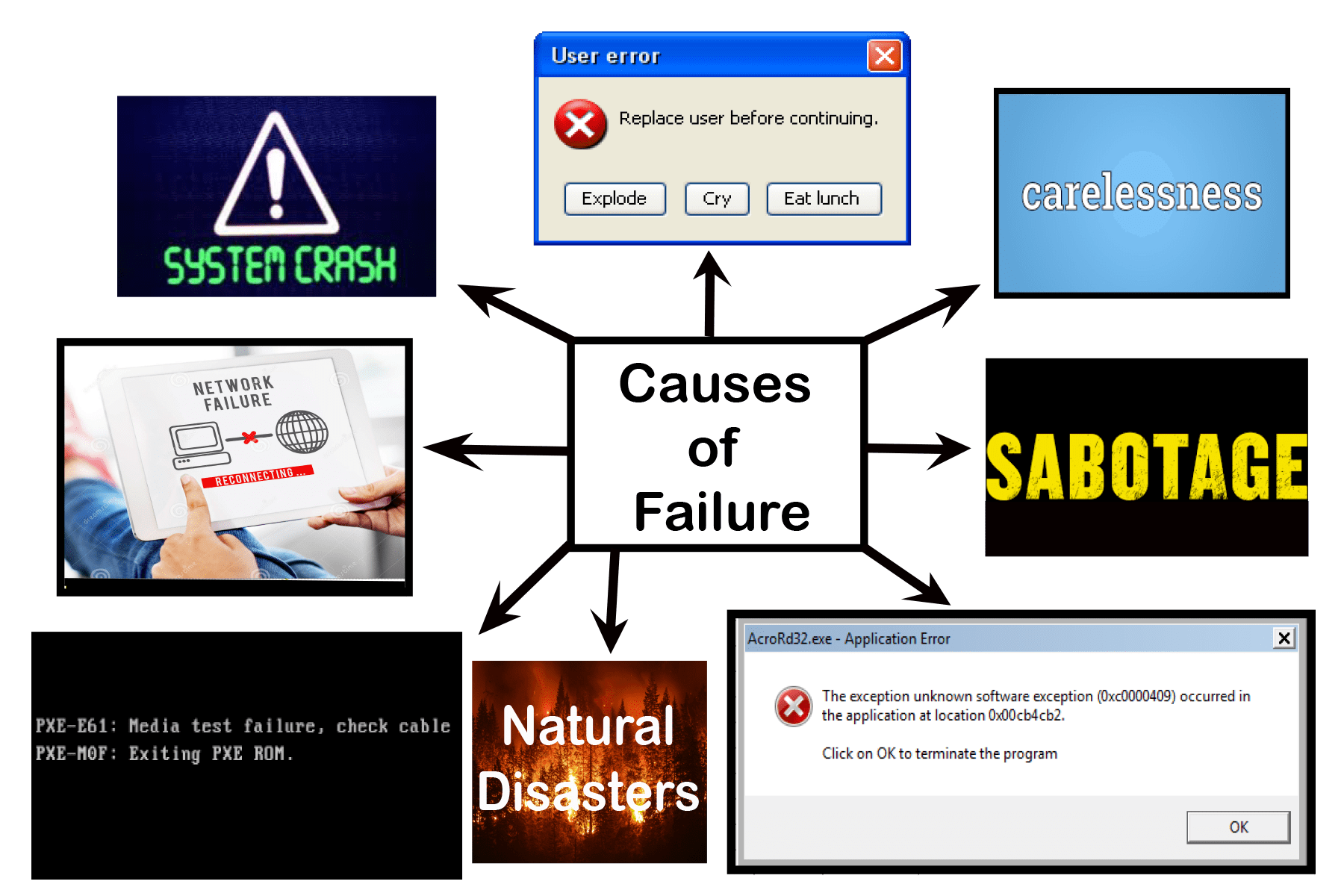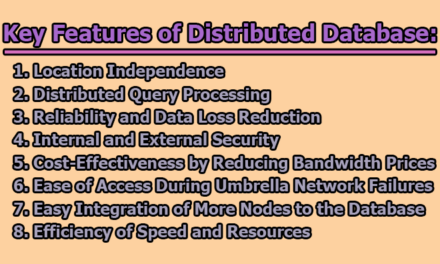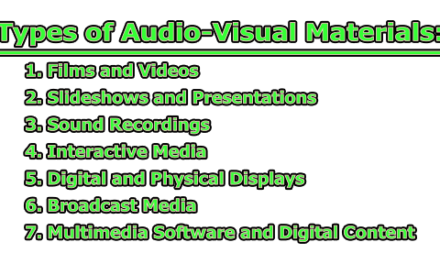Differences between Artificial Intelligence (AI) and Machine Learning (ML):
In the fast-evolving landscape of computer science, two terms stand out prominently: Artificial Intelligence (AI) and Machine Learning (ML). While often used interchangeably, these two technologies possess distinct characteristics and purposes that set them apart. Here, we are going to show some of the key differences between Artificial Intelligence (AI) and Machine Learning (ML).
| Aspect | Artificial Intelligence (AI) | Machine Learning (ML) |
| Definition | AI encompasses the development of computer systems that can simulate human intelligence and behavior. It aims to create machines capable of mimicking human-like thinking, reasoning, problem-solving, and decision-making. | ML is a subset of AI that focuses on the development of algorithms and techniques enabling machines to learn from data and improve their performance over time without explicit programming. |
| Goal and Purpose | The overarching goal of AI is to develop systems that exhibit intelligent behavior across a wide spectrum of tasks, approaching or surpassing human capabilities. AI seeks to create machines that understand, learn, adapt, and interact like humans. | ML’s primary goal is to enable machines to learn patterns from data and make predictions or decisions based on that learning. It aims to improve accuracy and efficiency in task-specific scenarios. |
| Programming vs. Learning | AI systems are often built through explicit programming, where developers encode a set of rules and knowledge for the system to follow. These rules define how the AI system behaves in various situations. | ML models, on the other hand, learn from data. Instead of being explicitly programmed, they use algorithms that analyze data and adjust their internal parameters to optimize performance. |
| Output and Functionality | AI systems produce outputs that mimic human-like actions and decisions. For instance, AI-powered chatbots can hold natural conversations, while AI-driven game players can make strategic moves similar to human players. | ML models generate outputs that are predictions, classifications, or decisions based on patterns learned from historical data. For example, a spam filter trained using ML will classify incoming emails as spam or not based on patterns in previous data. |
| Depth and Subset | AI encompasses a broad spectrum of capabilities, including natural language processing, problem-solving, reasoning, and perception. It includes subsets like machine learning, expert systems, and robotics. | ML is a subset of AI that specifically deals with improving performance on tasks through learning from data. Deep learning, a subset of ML, focuses on neural network architectures to handle complex data representations. |
| Scope and Specialization | AI’s scope is extensive, aiming to create systems that can handle a wide range of tasks, often requiring generalization and adaptability. | ML’s scope is generally more narrow, focusing on specific tasks or domains for which models are trained. ML models excel at tasks they are designed for, but their adaptability to unrelated tasks can be limited. |
| Main Techniques | AI employs techniques like natural language processing, knowledge representation, expert systems, and symbolic reasoning to achieve its goals. | ML techniques include supervised learning (training on labeled data), unsupervised learning (identifying patterns without labels), and reinforcement learning (learning through trial and error to maximize rewards). |
| Human Intelligence Simulation | AI endeavors to simulate human-like intelligence and behavior, often striving to achieve tasks with similar proficiency and adaptability as humans. | ML does not necessarily aim to replicate human intelligence; instead, it focuses on improving machine performance on specific tasks through data-driven learning. |
| Emphasis on Goals | AI’s primary emphasis is on creating systems that resemble human intelligence and problem-solving across various domains. | ML’s primary emphasis is on data-driven learning and pattern recognition to enhance the accuracy and efficiency of specific tasks. |
| Applications | AI finds applications in a wide array of fields, such as virtual assistants (Siri, Google Assistant), game playing (chess, Go), autonomous vehicles, and humanoid robots. | ML applications include recommendation systems (Netflix recommendations), fraud detection (credit card fraud), image recognition (self-driving cars), and language translation (Google Translate). |
| Flexibility and Adaptability | AI systems tend to be more versatile and adaptable to various tasks due to their broader capabilities. | ML models are specialized for the tasks they are trained on and may not easily adapt to new tasks without significant retraining. |
| Future Potential | The future potential of AI includes achieving General AI (human-like intelligence) or even Strong AI (surpassing human intelligence). This involves creating systems that understand context, learn autonomously, and demonstrate consciousness. | The future of ML involves advancements in learning algorithms, optimization techniques, and handling more complex and diverse datasets. ML’s focus on improving task-specific performance remains central. |
| Examples | Examples of AI applications include virtual assistants (Amazon’s Alexa), game-playing programs (IBM’s Deep Blue), expert systems (diagnosis systems), and autonomous robots. | Examples of ML applications encompass email filtering (spam filters), recommendation systems (Amazon product recommendations), self-driving cars (Tesla’s Autopilot), and language translation services (DeepL). |
In conclusion, Artificial Intelligence and Machine Learning are integral components of the ever-evolving landscape of computer science. Despite often being used interchangeably, they are distinct entities with unique characteristics, purposes, and applications. While AI strives to create intelligent systems resembling human-like capabilities, ML empowers machines to learn and improve through data-driven insights. The synergy between these technologies is propelling the development of innovative solutions that shape our digital future, promising enhanced problem-solving, automation, and efficiency. As the boundaries of AI and ML continue to expand, the horizon of possibilities in the realm of technology appears boundless.

Library Lecturer at Nurul Amin Degree College










